
views
Inspecting the Item
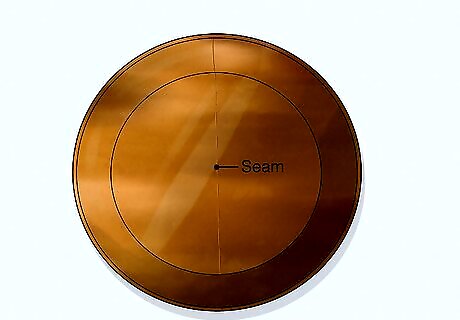
Look for a seam on the item indicating that it’s plastic. When something is made of plastic, you can often find the seam from the mold it was in. Look closely at the item's surface and see if you can spot a thin line that looks like it’s from a mold. If you spot a seam, the item is plastic. You can usually feel this seam with your fingers too.
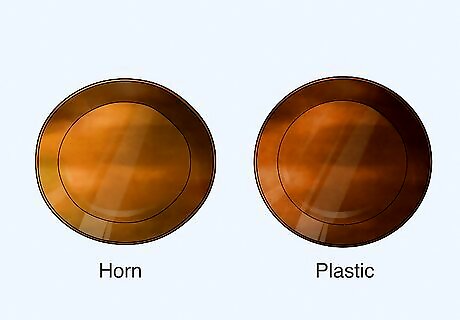
Check for visible irregularities on the surface to confirm it is real horn. Since plastic is manufactured, the surface will look uniform and flawless. Horn is natural and usually has visible flaws or unique characteristics. Inspect your item carefully for uneven texture, discoloration, or small dents. It might be helpful to look at the item under a microscope, if possible, to see the surface more clearly.
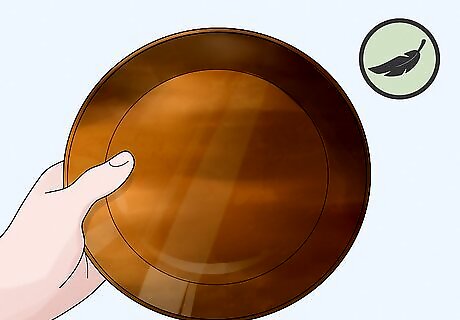
Pick up the item to feel if it's lightweight like plastic. Horn has heft to it and it feels really solid in your hands. Plastic is often much lighter than horn and can feel flimsy. If the item feels super lightweight in your hands, it might be plastic.
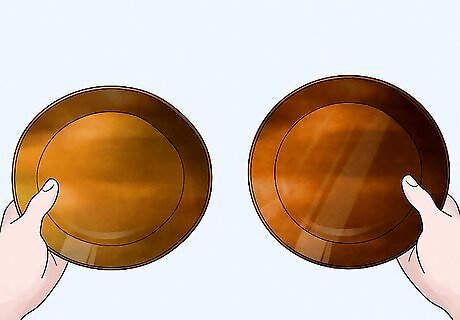
See if the item has a matte finish to confirm it's real horn. Real horn has a matte finish while plastic will almost always look shiny. If real horn has been shined to give it a glossier look, it still won't look super glossy. It will have more of a satin finish, like shined wood.
Manipulating the Item
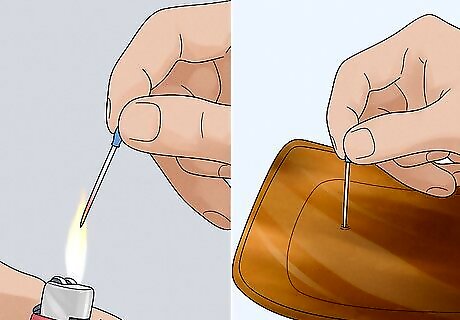
Prick the item with a hot needle to see if the needle goes through. Use a lighter to warm up the tip of a sharp needle. Once the tip is red from the heat, try to stick it into the item. If it’s horn material, the needle shouldn’t go through it. If it’s plastic, the needle will likely poke right through the material.
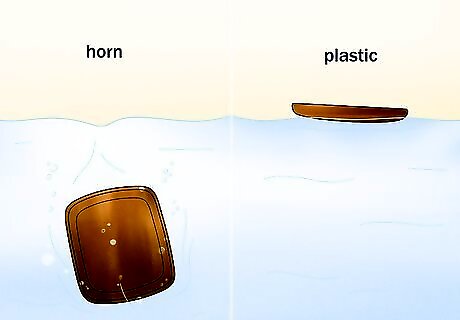
Place the item in water to see if it sinks or floats. Plastic isn’t as dense as horn, so if you put it in water, a plastic item will likely float while something made of real horn will sink. Fill a small container with water and set your item in it to see what happens.

Try to create static friction with the item by rubbing it against something. Plastic can carry a static charge, but a horn can’t. Rub the item against something that usually causes friction like a blanket or your hair to see if the item is made from plastic or horn.
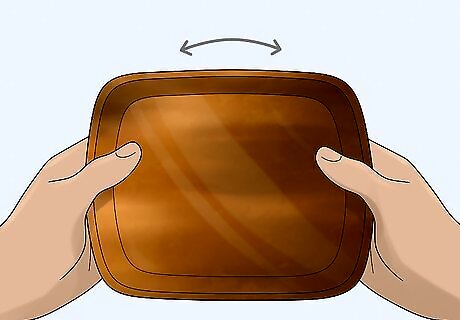
Bend the item to see if it's pliable like plastic. Horn tends to be much stronger than plastic and isn't easy to bend. Try to gently bend the item if possible to see if it moves or not. If it's bendable, it might be plastic, while an item that stays in place is likely horn.
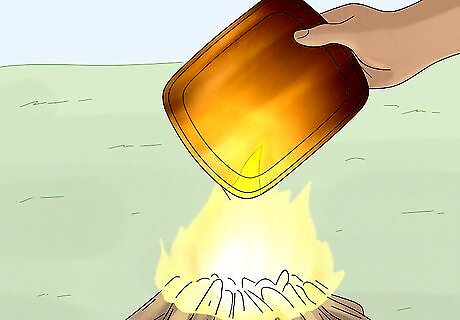
Set the item on fire to see how it reacts, if possible. This only works if it’s okay for part of your item to be damaged. If the item is plastic, it’ll melt easily and turn black. If it’s made from a horn, it’ll be much trickier to burn and will result in an ashy powder. When real horn is burned, it tends to smell like a barbecue.

















Comments
0 comment